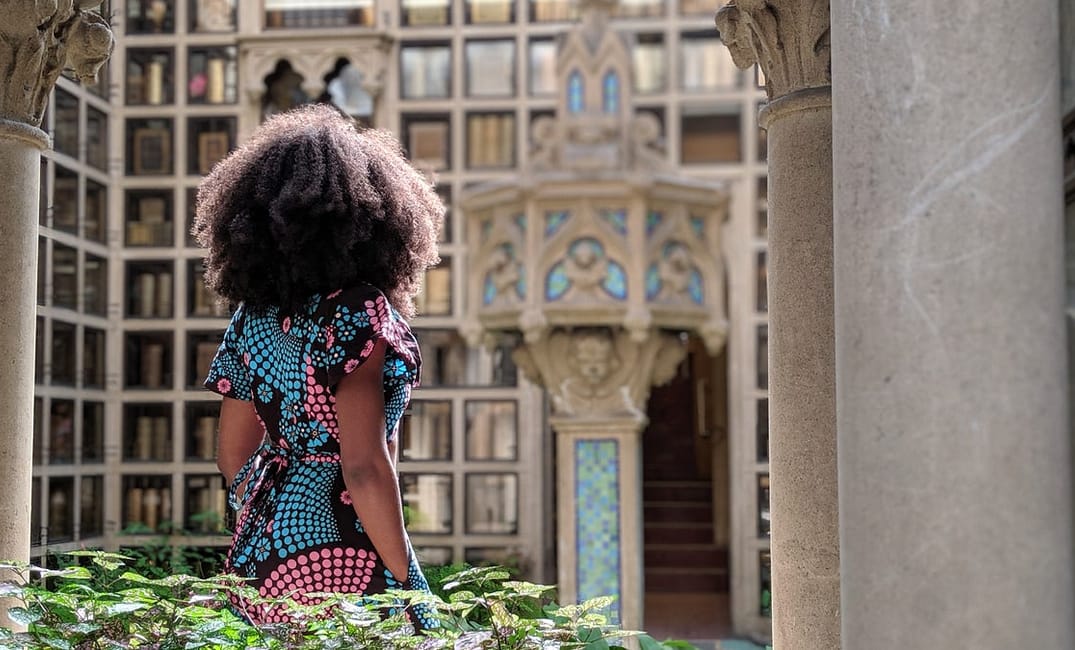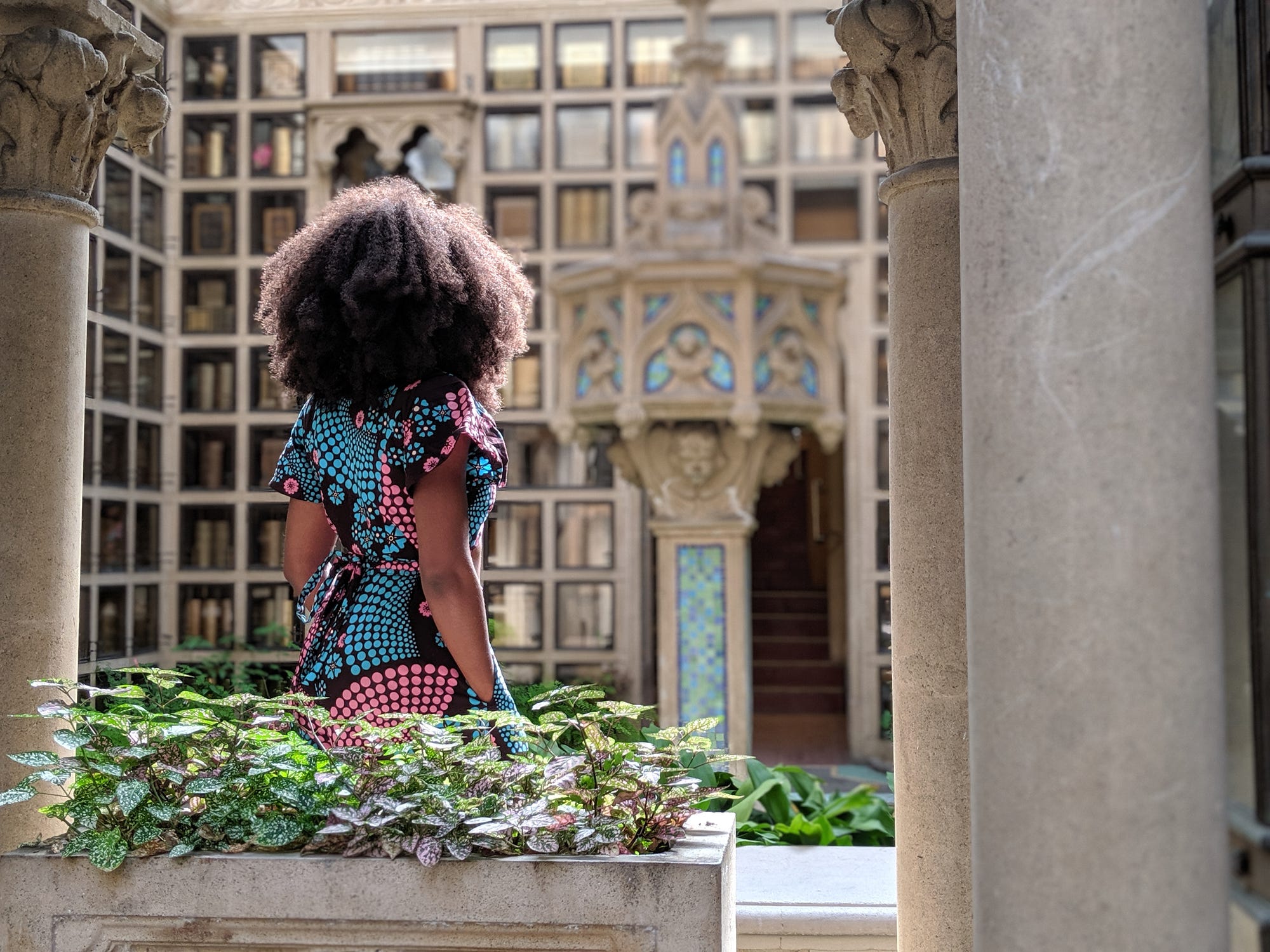
I was first introduced to Julia Morgan’s work during a guided tour of Hearst Castle with my fiancé. The docent told us about William Randolph Hearst, the American businessman known for building one of the largest media companies, Hearst Communications. From popularizing yellow journalism to being an overall ruthless business man, Hearst’s controversial history was interesting, but I was more captivated by the castle’s architecture.
An elegant blend of global architectural influences, the castle is a majestic beauty that was designed by Morgan. The docent said that Morgan was an introverted woman who led a private life. I fell in love with the mystery surrounding this female architect and wanted to learn more about her.
Born in San Francisco in 1872, Morgan was the first woman to be licensed as an architect in California. Raised in Oakland, she attended Oakland High School and later enrolled in UC Berkeley’s engineering program. During her studies, she was mentored by Bernard Maybeck — an architect with a flair for eccentric fashion — who encouraged her to enroll at the highly acclaimed École Nationale Supérieure des Beaux-Arts in Paris. Morgan was rejected three times from the school before getting accepted, becoming the first woman to be enrolled in the school’s architecture program.
With a heart for women’s advancement, Morgan centered her work around supporting women’s desires to self-express in the workplace.
After completing her studies in Paris, Morgan moved back to the Bay Area and attained her official architecture license from the state of California in 1904. Later that same year, Mills College president Susan Mills hired Morgan to construct the El Campanil clock tower on the campus. This opportunity sparked a lifelong career of commissioned projects dedicated to spaces for women to gather in. While many of these opportunities were due to Morgan’s affluent background — and thus her connections — she was undeniably a trailblazer who had to overcome sexism to design a career on her own terms.
“Many historical accounts paint Julia Morgan as shy and lucky because she was born into wealth. While luck was definitely an element, she had to be fiercely ambitious and self-assured to position herself as a leader in a male-dominated field and at these construction sites,” said Karen McNeill, who completed her PhD in Architectural History at UC Berkeley and wrote her dissertation on Morgan. “[Her] work is a true reflection of women’s issues during the Progressive Era,” McNeill told me.
Phoebe Hearst, a socialite committed to philanthropy to support women during the women’s suffrage movement, connected Morgan to the YWCA organization. This introduction led to several commissioned projects to design YWCA buildings, including locations in San Francisco, Oakland, Salt Lake City, and Oahu. At the time, the YWCA buildings served as housing projects for young women who had relocated to large cities in search of careers and independence.
Morgan also had a distinct approach to architectural design. Her approach can be summed up in three ways:
1. Brown shingles
Morgan incorporated brown shingles into many of her residential projects. Bay Area architects Lucia Howard and David Weingarten, co-authors of Shingle Style: Living in San Francisco’s Brown Shingles, consider Berkeley to be the epicenter of brown-shingle architecture.
2. The architect-client relationship
Morgan was incredibly collaborative with her clients, often allowing them to take the lead in design while she supported ideas with engineering principles. This approach has led some historians to dismiss her work, claiming that she didn’t develop her own artistic style, as opposed to Frank Lloyd Wright, whose work is easily identifiable.
An example of Morgan’s sensitivity to the architect-client relationship is the home of Clara Williams and Elsie Mitchell. A bungalow in the Berkeley Hills, the home was designed with the living space on the entrance floor and the bedrooms tucked below. The bedrooms were adjoined by a shared master bedroom, a setup that suggested that the two women were in a closeted relationship. If true, the house design allowed them to keep their relationship hidden during a time when lesbian relationships were persecuted.
3. Reinforced-concrete construction
Reinforced concrete is used when concrete has to bear a great amount of weight. The technique involves combining concrete with a reinforcing material, such as steel, to strengthen the structure. Morgan used this technique to earthquake-proof her buildings, showcasing her engineering ingenuity and intuitive understanding of nature.
After my visit to Hearst Castle and after learning more about Julia Morgan, my fiancé and I planned a Sunday Funday excursion around the East Bay to check out her work. We chose five locations in Oakland and Berkeley.
Mountain View Cemetery
This cemetery comprises 226 acres and is famous for the historical figures buried here, including Morgan herself. Morgan also designed two of the gravestones in plot 4, to the right of the second fountain down the main road; the gravestones were for August Frederick Hockenbeamer, the president of PG&E, and Richard Bartlett Ayer, a noteworthy winemaker. Both gravestones were constructed with light-gray granite and incorporate the Streamline Moderne style, a new aspect of the Art Deco style that emerged during the post-Depression period and was popularized by industrial designers.
5000 Piedmont Avenue | mountainview.org
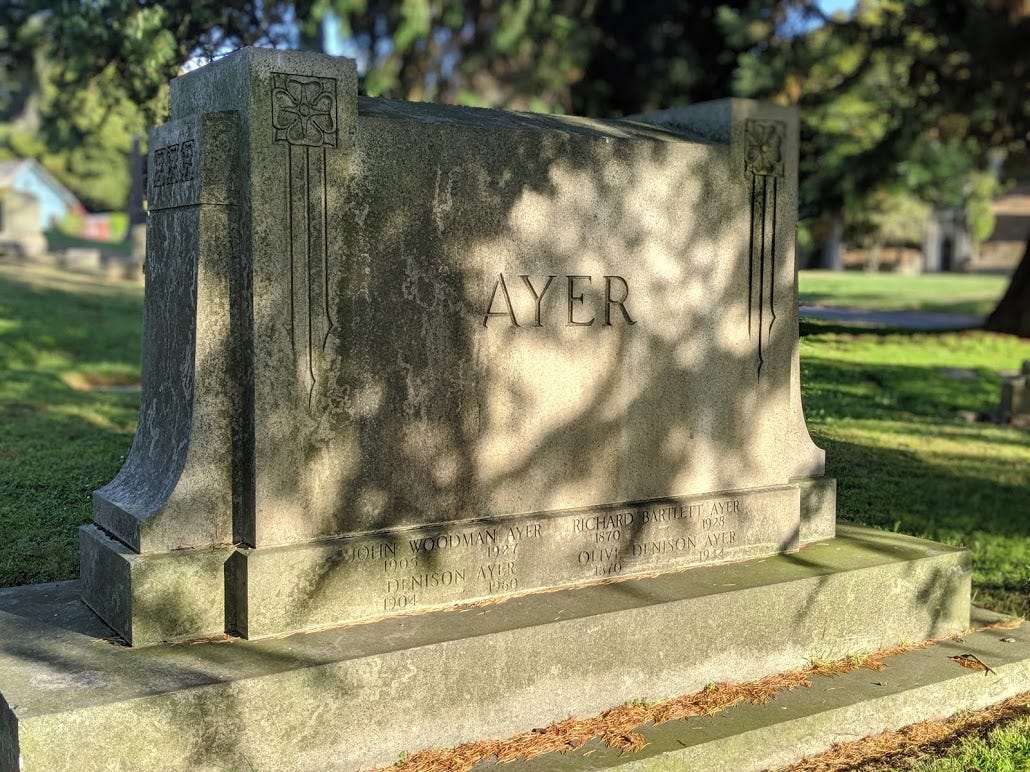
Chapel of the Chimes
After a stroll through the cemetery, we walked for 10 minutes to visit the Chapel of the Chimes. The luscious inner gardens, polished marble, and intricate stonework created a beauty unlike anything I’ve ever seen before. The chapel was originally designed in 1909 and is an Oakland Historical Landmark building.
4499 Piedmont Avenue |oakland.chapelofthechimes.com
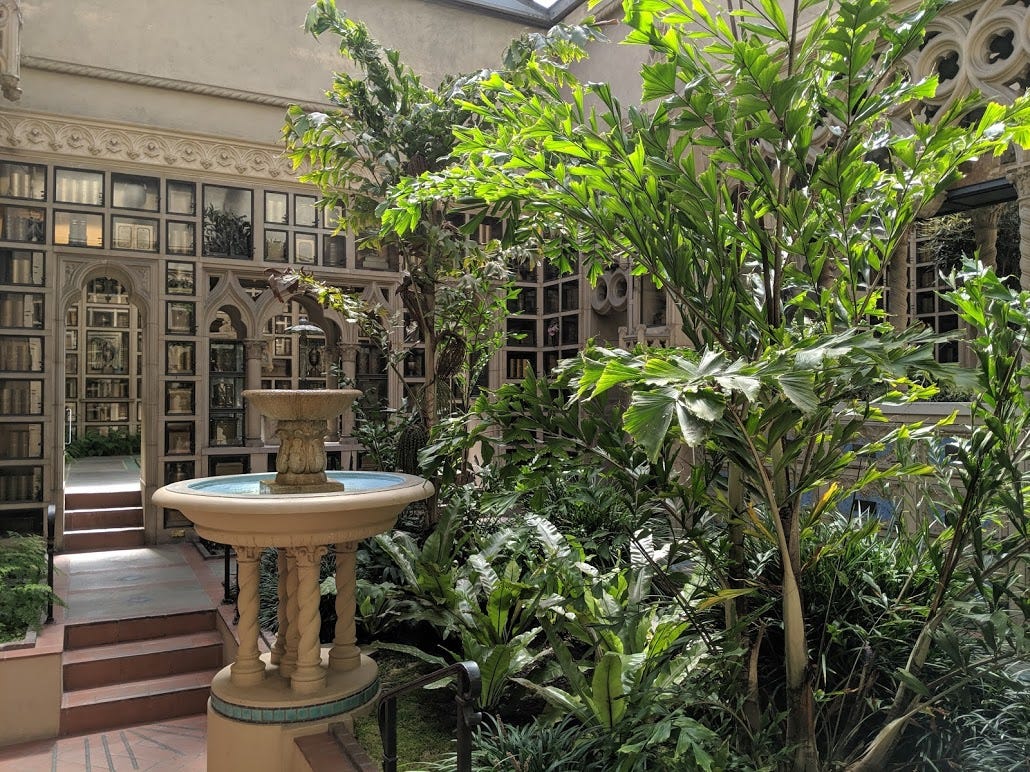
Mills College
Mills opened in 1871 as the first women’s college west of the Rockies. Morgan’s first independent-commission project was the El Campanil clock tower on the grounds. Originally built in 1904, the tower survived the 1906 earthquake without any damage due to Morgan’s reinforced-concrete engineering technique, mentioned earlier.
5000 MacArthur Boulevard| mills.edu
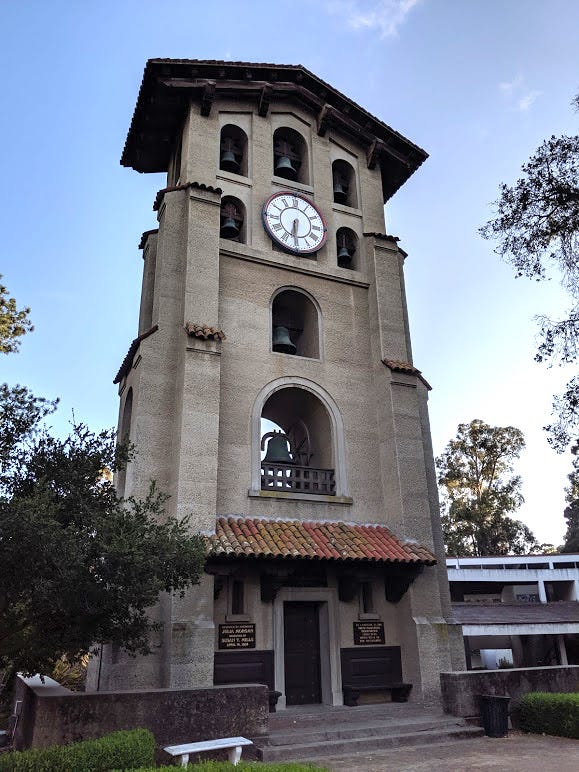
Berkeley City Club
In 1927, a group of socialites commissioned Morgan to design a club where they could gather to discuss plans around social, civic, and cultural progress. The club is sometimes referred to as the “Little Castle” because of its similarities to Hearst Castle, including the indoor plunge pool and its Romanesque and Moorish elements. When the club opened in late 1930, it had over 4,000 female members. In 1965, the club opened its doors to both men and women. Later, it was converted into a hotel, and the rooms were made available to the general public. The building is one of only three buildings in Berkeley designated as a California Historic Landmark.
2315 Durant Avenue | www.berkeleycityclub.com
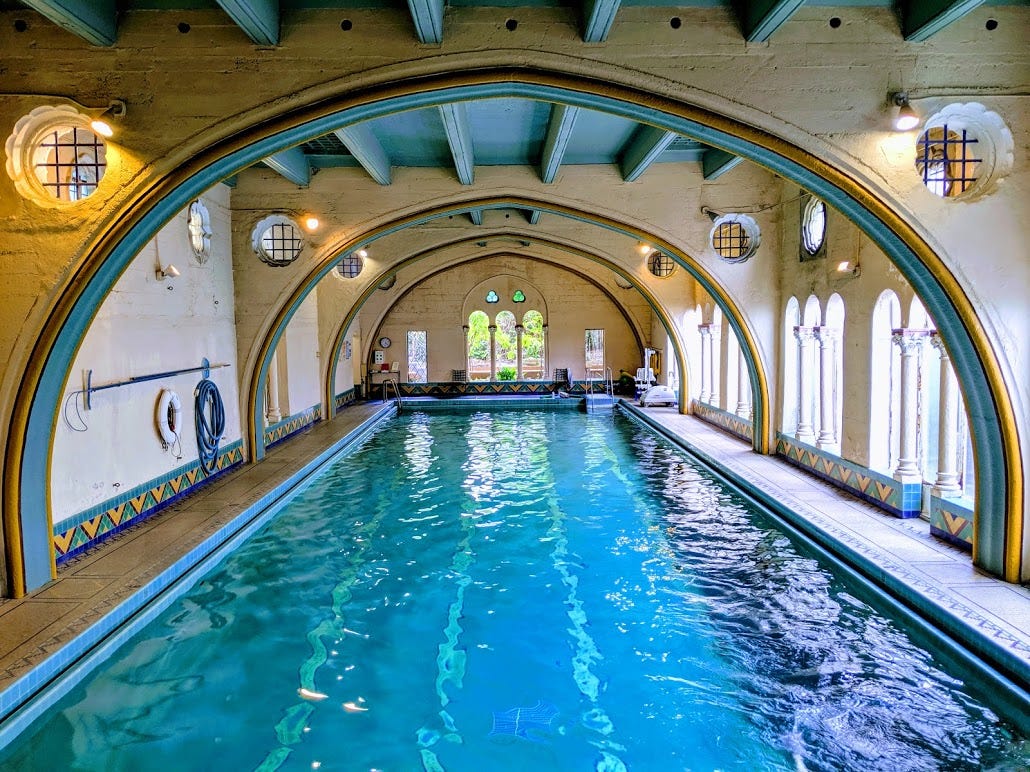
Julia Morgan Hall
Our final stop was Julia Morgan Hall, formerly Girton Hall, located in the UC Botanical Garden. It was a fitting final stop, as there was a cider-and-hops tasting followed by a live concert inside the garden just outside the hall. Girton Hall was originally designed as a meeting place for female students on UC Berkeley’s campus before it was moved to become a campus childcare center. In 1991, it was added to the National Register of Historic Places. Then, in 2014, it was moved to the UC Botanical Garden and renamed Julia Morgan Hall. Julia Morgan Hall is not generally open to the public. To visit, call the garden and ask for a tour, or visit when there is a public event.
200 Centennial Drive|botanicalgarden.berkeley.edu/julia_morgan_hall
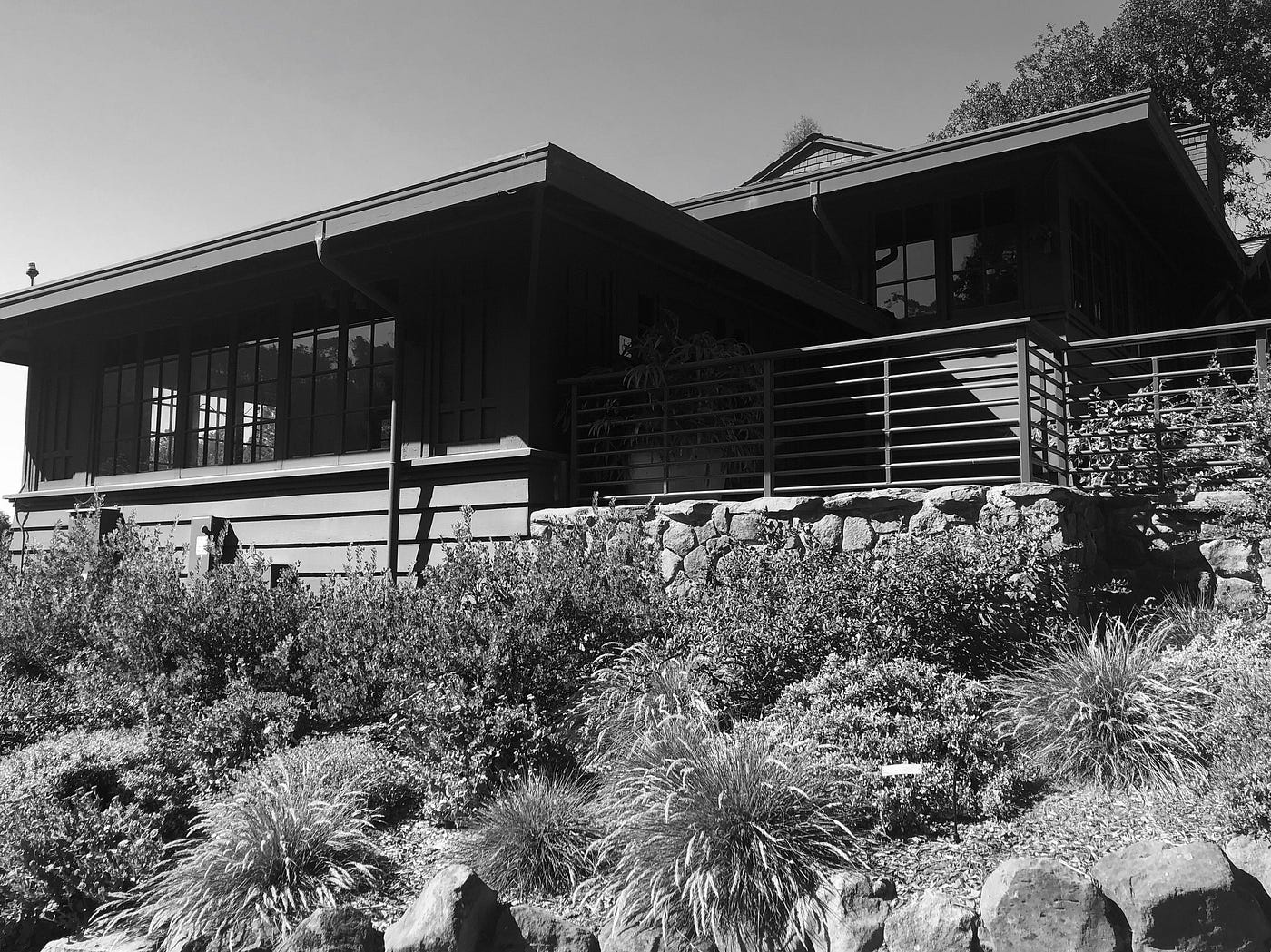
With over 700 buildings on her résumé, Julia Morgan has an architectural legacy that can be seen and felt throughout the Bay Area. In addition to the ones I’ve visited, other notable local places designed or rebuilt by Morgan include the Fairmont San Francisco, the San Francisco Zen Center, and the Hearst Building.



